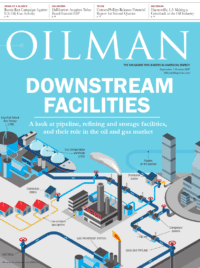There’s a popular phrase in American public affairs: “All politics is local.” Although the quip is more closely aligned to former U.S. House Speaker Tip O’Neill, its origins are far more unclear than a simple history textbook reference. Applied more liberally, it’s an idiom that can hold true for any industry heavily immersed in both technological advances and political jockeying, especially oil and gas.
Author Profile



